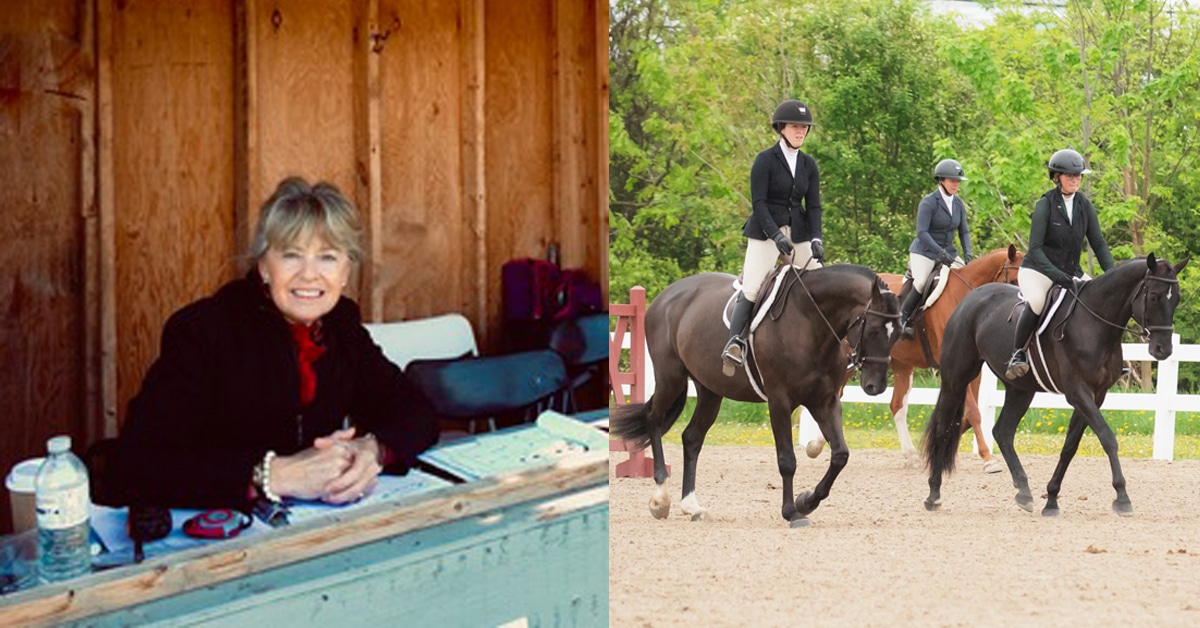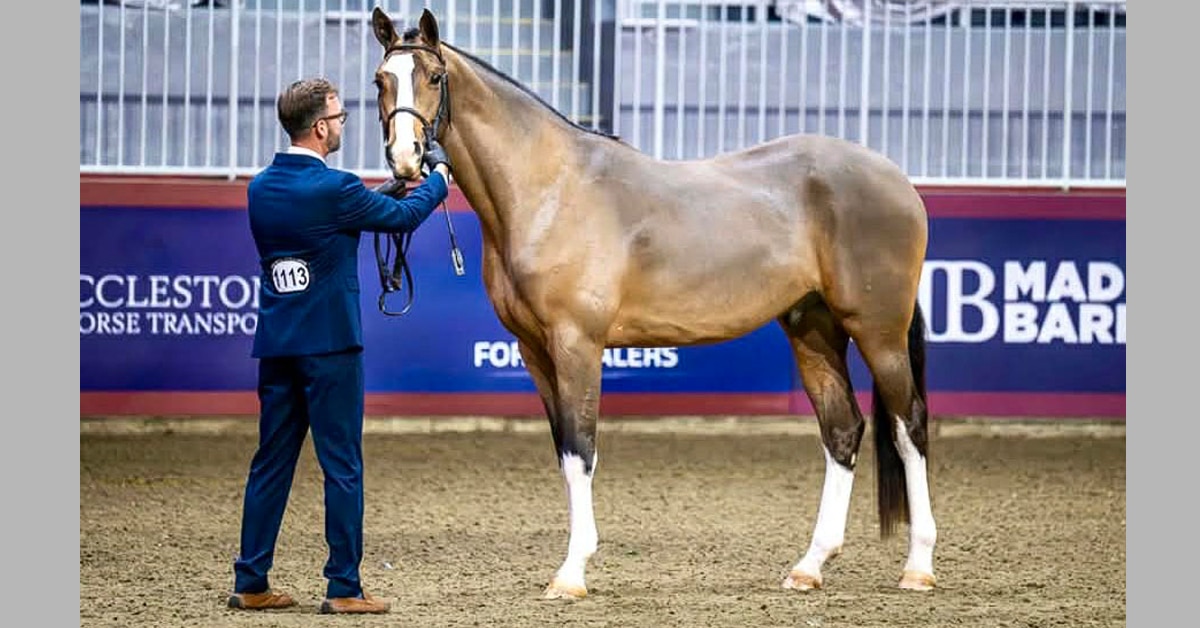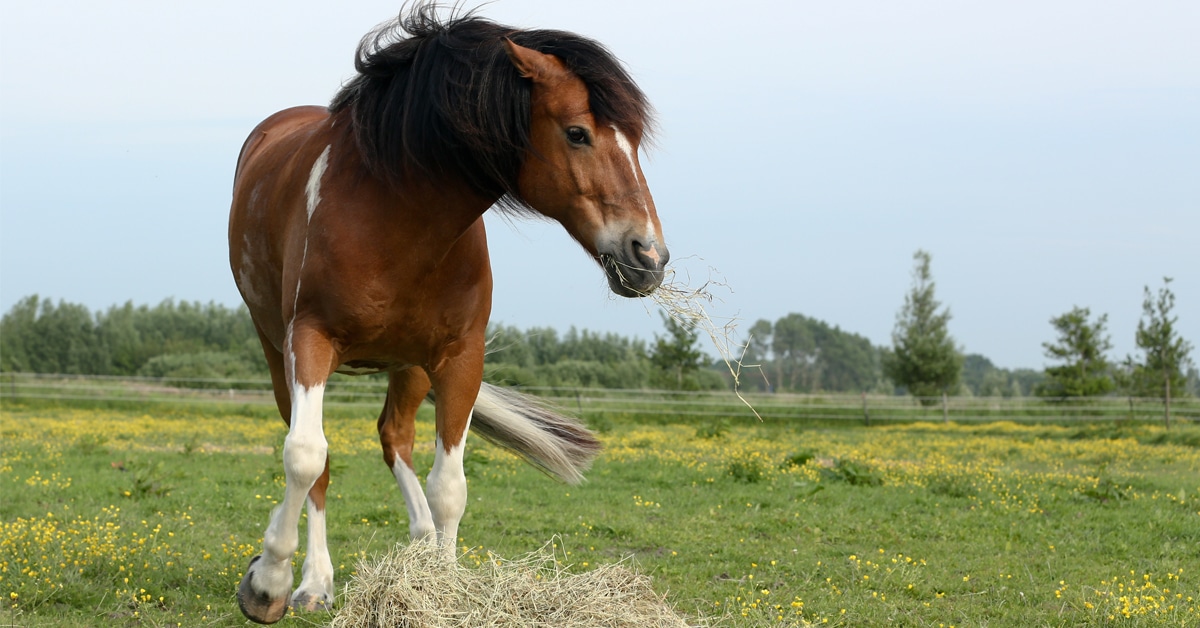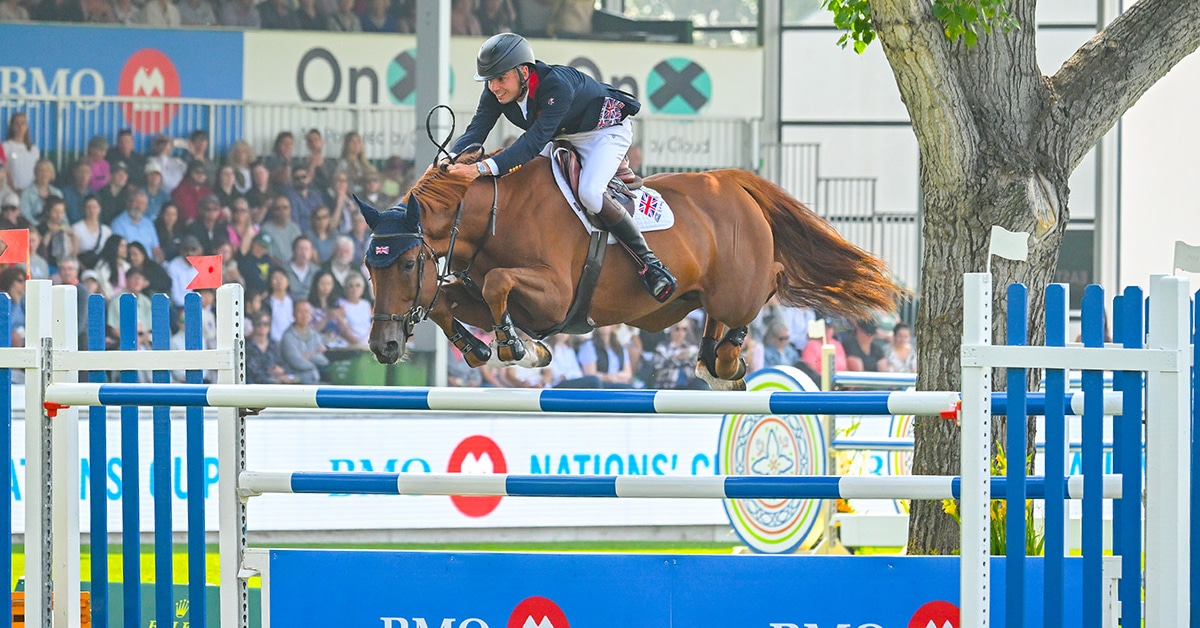While people often think that chipping on the edge of the hoof wall indicates overly dry feet, “bad genes,” or some kind of nutritional deficiency, none of these issues is typically the actual cause of the chipping.
With bare feet, chipping is most often an aesthetic concern rather than a real problem. Typically, it is simply the hooves’ attempt to “self-trim,” meaning that the hoof wall is getting a bit long and the excess needs to be removed. This is even more likely to occur when the feet dry out after the wetness of winter and spring. What happens is that the hooves soak up moisture when they are exposed to rain, snow and mud, which weakens the bonds between the keratin molecules that makes up the hoof capsule. This can actually be made even worse by continual cycling between wet and dry, such as when a horse is stalled in a dry stable overnight, but turned out in a wet paddock every day.
When feet that have been exposed to a lot of moisture or repeated cycles of wet/dry finally dry out in the summer and early fall, the damage and resultant weakness is still there. Think of a piece of wood that has been waterlogged. You can take it out of the water and dry it out, but it will still be weak and “punky,” as the wood fibres cannot knit back together once water has caused them to swell and break partially apart. Hooves are very much the same, so if you have dry but previously waterlogged feet, the walls will chip much more easily until new, well-connected hoof wall grows down from the coronet. By the time that happens, you are likely back into your wet time of year, so around and around you go.
There may be little you can do about feet getting wet if you live in a rainy environment, but there are things you can do to combat the chipping. The best way to deal with it is to prevent the hooves from getting too long, and, in bare feet, to keep a good bevel and roll along the edge of the hoof wall. Both of these pre-emptive measures go a long way to preventing chipping. Ensuring overall good hoof health, form and function is also helpful, as strong, thick, well-connected walls are better able to withstand challenging environments.
There is a common problem that can lead to chronic chipping and which can get quite serious if left untreated, and that is white line disease (WLD). A bit of a misnomer, WLD is actually a fungal and/or bacterial infection of the unpigmented, less dense inner zone of the hoof wall, not the white line. The invading organisms eat away the wall material and cause weakening and separation within the hoof wall. Chipping can often result, and, if left unchecked, the infection can spread upward and fan out, eventually causing enough damage to destabilize the lamellar connection and potentially cause displacement of the coffin bone.
WLD is an opportunistic infection, meaning it needs the hoof wall to be already compromised in some manner before it can get a foot in the door. Usually, this involves some kind of separation or stretching of the hoof wall at the ground level, most often from laminitis or mechanical forces acting on an imbalanced or overgrown hoof. Treating WLD must, therefore, address whatever underlying problems are compromising the foot, most commonly diet and hoof imbalance. Diseased parts of the hoof wall may need to be treated topically or in some cases removed, so you will definitely want to involve your hoof care professional or veterinarian.
If you want to try adding some hoof supplements to your horse’s diet to help with chipping walls, be aware that many ingredients purported to improve hoof strength and growth have not been studied, and those that have been studied have shown quite mixed results. Biotin supplementation does seem to be beneficial in some horses, though be prepared to use it for at least nine months before you can expect to see any improvements, if indeed there are any. Other things to look out for nutritionally are zinc and copper deficiencies, which can potentially affect hoof growth and quality.
***
Susan Kauffmann is the lead author of The Essential Hoof Book: The Complete Modern Guide to Horse Feet. She has also been an equestrian journalist, educator and trainer for over three decades.
The Latest









